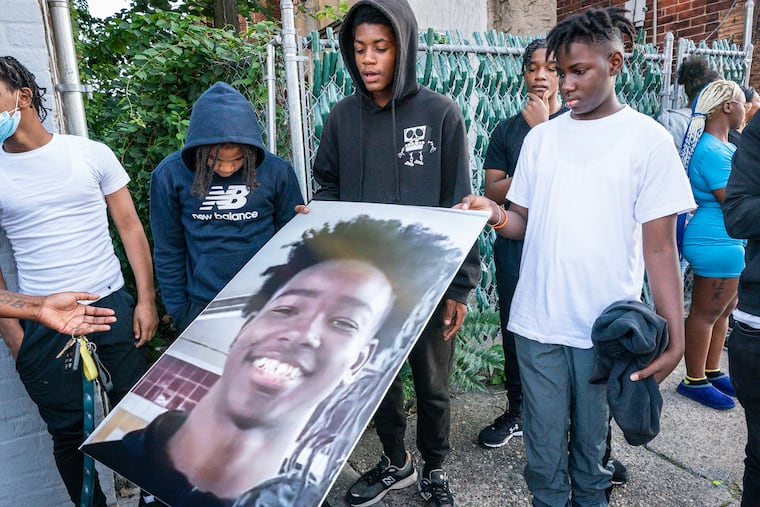The 12-year-old killed and left in a dumpster was missing in plain sight for months before his death
Hezekiah Bernard drifted through the streets of Philadelphia for months before he was killed in unusually cruel fashion.

Hezekiah Bernard drifted through the streets of Philadelphia for months before he was killed in unusually cruel fashion.
